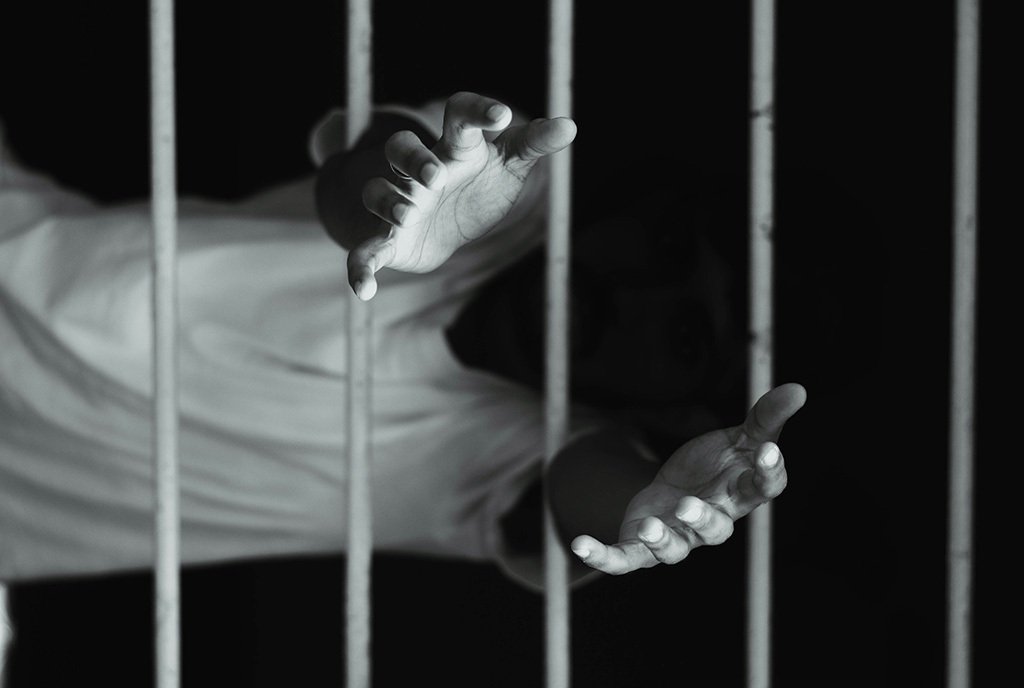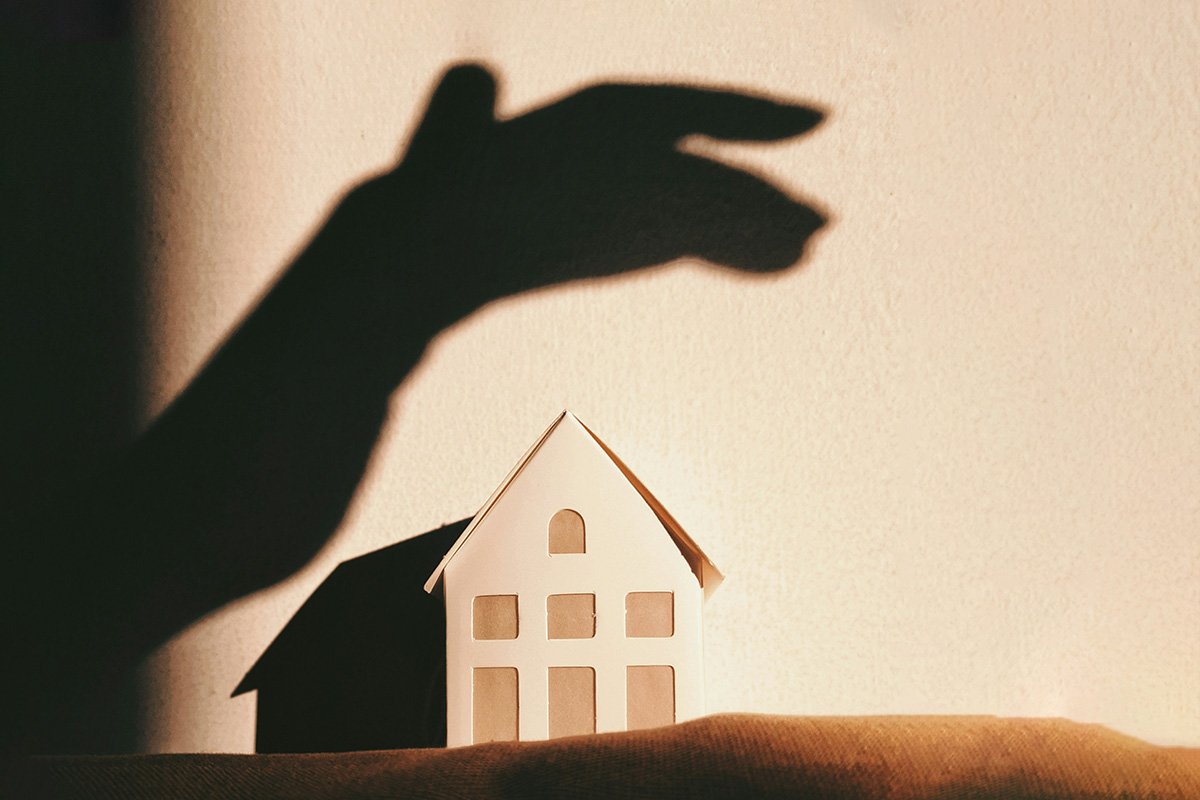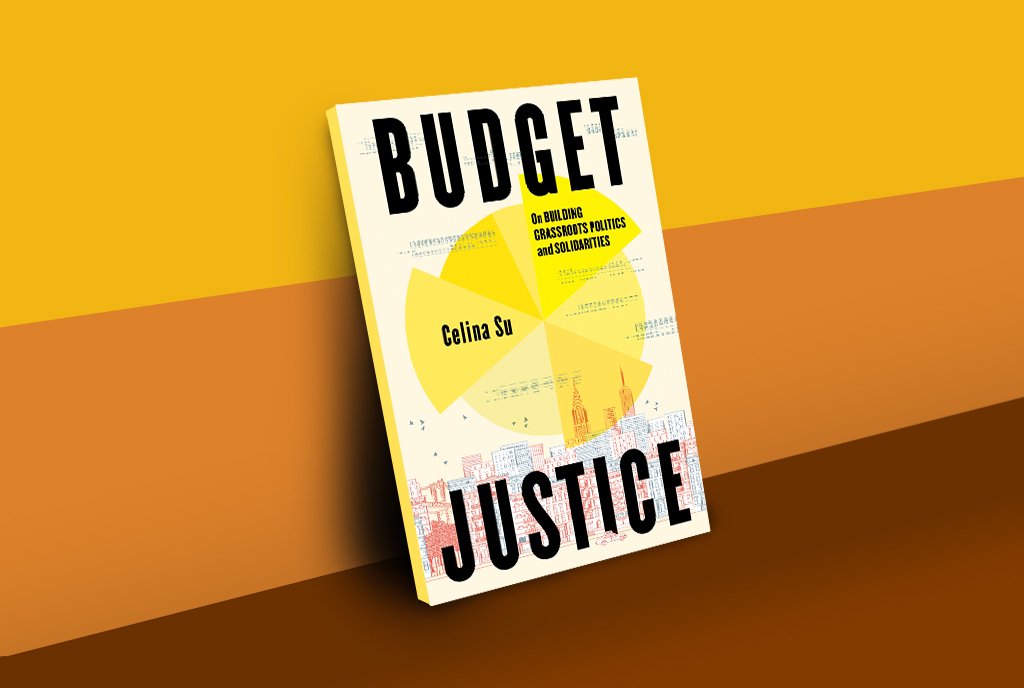
In its recently released four-part series, One in Five, The Sentencing Project looks at the reform efforts that led the United States to experience a 24 percent decline in its prison population since its peak year, 2009. The title refers to the fact that one in five Black men born in 2021 is likely to be incarcerated in his lifetime. This staggering statistic is lower than the previous statistics of one in three Black men born in 1981, but a stark reminder of the work that is left to be done.
As the report notes, progress has been made to address mass incarceration in recent years, but it is at risk of being stalled or reversed. With a prison population nearly six times as large as 50 years ago, advocates warn that now is the time to move forward—not turn back.
“We still have a long way to go—to scale back all the growth that happened in the era of mass incarceration, but we’re making a dent.”In this interview with NPQ, The Sentencing Project’s codirector of research, Nazgol Ghandnoosh, discusses the series, particularly the last installment, which examines how mass incarceration deepens inequality and harms public safety. Ghandnoosh also shares the type of policies The Sentencing Project would like to see enacted and how she hopes advocates and policymakers will use the research to uplift the need for reform.
Rebekah Barber: Last year marked 50 years since the onslaught of mass incarceration. Why do you think now was such an important time to release this report?
Nazgol Ghandnoosh: One of the reasons is to be able to let people know that we’ve made a lot of progress—both in reducing the overall prison population as well as in reducing racial disparities. We thought it was important for the public and policymakers to know that all these efforts in the last 20 years or so to scale back mass incarceration have been having some impact. The total prison population has declined by 24 percent since it reached its peak in 2009. That’s a dent in the huge growth that happened. We still have a long way to go—to scale back all the growth that happened in the era of mass incarceration, but we’re making a dent.
In terms of racial disparities, the title of the report really tries to emphasize the most relevant statistic. For people who’ve been following this for a while, it used to be that one in three young Black men were expected to be in prison, and now it’s one in five.
Part of the goal with this series was to say, “Yes, we’ve made progress.” What we’ve been doing has been working, but there’s still a big problem. There’s still a long way to go. In addition, we are finding ourselves in a very challenging time where there’s been an uptick in crime, especially at the beginning of the pandemic. That’s been lingering in some places, so those rates are starting to fall back down.
During this period, there’s been some backlash to some of these really important reforms that have helped to make this progress that’s documented in this report. The series intends to offer some good news about progress and also to really encourage people to make sure to defend this progress that’s happened so far and to make clear that we’re still a long way off. There’s still a lot more work to do, both to resist the backlash and to keep working to end this disparity.
RB: The last installment of the report uplifts how mass incarceration exacerbates poverty. The report mentions how, in many states across the country, incarcerated people are paid little or nothing for their work while their labor is used to produce many of the foods and products we consume. This is something that was recently amplified in an AP investigation. Do you think that this investigation will lead to any change?
NG: It’s hard for me to forecast how policymakers will respond to these forms of news coverage. But I would say that, in terms of how we’ve seen this play out in the past, what’s happened historically is that people get upset about the exploitation, rightly, and sometimes what that results in is some of these companies saying, “Okay, we’re going to stop relying on incarcerated labor for this.” Instead, what would be the better outcome is companies making sure people are getting paid fairly for the work that they’re doing rather than taking the work away.
Historically, what’s happened is that most of the work that happens in prisons is around basically operating the prison—doing laundry, working in maintenance, working in the kitchen—it’s that kind of work, or the work that happens is largely working for government contracts.
The private sector work within prisons has been narrowed, so I think the real question that policymakers and the public need to ask here is not whether this work should be happening or not, but how should it be remunerated?
How can we ensure that people are not being exploited for the labor they’re asked to provide? People do want to work. Many people who are incarcerated do not want to lose these job opportunities. They just want to be paid thoroughly for them, so I have just some concerns about whether or not we’ll see the right policy responses to coverage like this that rightly points out exploitation.
I think some of the problem is that we went through a period that some people have called the takeaway period in the 1990s, where the general prison population really increased. People thought, well, I don’t want people in prison to have decent things. I don’t want them to be able to have access to a level of education that, if I’m not incarcerated, it’s hard for me to get. It was: Let’s take away all of these rights and privileges and make the experience of incarceration as austere as possible. There was this zero-sum game mindset.
“Issues of poverty and racial bias in the South are super salient and continue to be a problem.”
Sign up for our free newsletters
Subscribe to NPQ's newsletters to have our top stories delivered directly to your inbox.
By signing up, you agree to our privacy policy and terms of use, and to receive messages from NPQ and our partners.
There was also a concern that prison labor would be competing with labor on the outside. I think we’re beginning to think more about while people are incarcerated, how do we help them to rehabilitate? How do we help them gain the tools they need to reenter society successfully? Part of that is helping them to have a decent income so that they’re able to meet their financial obligations while they’re incarcerated and after. The solution is to improve wage standards rather than taking away the job.
RB: Have you seen any states paying incarcerated people more equitably?
NG: We describe in the report how Colorado amended their constitution to remove language about slavery and involuntary servitude as punishment for a crime. There’s been a lawsuit in Colorado highlighting that incarcerated individuals continue to be forced to work under the threat of punishment, so I think that there’s still a long way to go in terms of fixing those wage laws for people who are incarcerated. Another thing I want to highlight is that in 2023, Senator [Cory] Booker [D-NJ] introduced the Fair Wages for Incarcerated Workers Act. One of the elements of that reform would be to include a federal minimum wage for incarcerated workers. That hasn’t become law, but that’s the momentum that’s happening around that issue.
“It’s extremely expensive to incarcerate people….Better investments could be made with public resources.”
RB: As I was reading the report, I thought about how in several states, policies have been passed to address mass incarceration, but these policies seem to be slowest to come in the South, the poorest, Blackest, and most carceral region. How can this disparity be combated?
NG: This issue is part of the package of not being willing to make sure that people have basic elements of economic security and social security. There’s a lack of social safety net in Southern states. That’s very closely related to the high incarceration rate and the willingness to rely so heavily on incarceration rather than on policies that could help to prevent crime and prevent the need for incarceration.
That’s been a longstanding problem. Issues of poverty and racial bias in the South are super salient and continue to be a problem. A couple of different things can happen to change that. I think one of them is greater willingness, among some people in Southern states, to recognize that…what mass incarceration is trying to achieve is not effective in terms of advancing public safety.
Second, it’s extremely expensive to incarcerate people, even if you’re not paying them for their labor. It’s still extremely expensive, so better investments could be made with public resources. I think there are some other possible ways to chip away at this problem in the South. For example, we are supporting a campaign to pass a law in Oklahoma, which has an extremely high incarceration rate, particularly for women.
The purpose of a law like this is to highlight that many women who are incarcerated are victims, themselves, of domestic violence and are dealing with other forms of trauma and to empower the courts to take a look at that kind of history of trauma and abuse and be willing to consider resentencing. I think that that’s another way to start to look at it—to realize that there is a commitment to protecting victims, but perhaps recognizing that in many situations, incarcerated people are, themselves, victims. That should be taken into consideration in sentencing as well.
RB: Can you discuss any response you have received at The Sentencing Project since the report was released?
NG: So far, we’ve received a lot of interest from advocates, in particular, who are so excited to see their work reflected here and to be able to use this resource in the work that they’re doing.
We’re also partnering with the Congressional Black Caucus Foundation as well as with the Berkeley School of Theology to use this series of reports as the basis of a webinar in order to use it as a public education tool and get folks to think about the work that policymakers are doing, as well as the work that the faith community has been doing concerning this work.
It’s also been helpful that there’s also been some interest from reporters of various kinds, including from publications that, in particular, reach Black audiences, to be able to share some of this good news and also to be able to clearly underscore what the work remaining is.
What I’m hopeful about is that as we do more public education related to this and as we get this work into the hands of more policymakers, it can be helpful both as a tool to defend some of the work that’s happened so far, but also in places where folks are interested in developing and creating new policies to tackle disparities. I’m hoping that the reforms noted in this series can serve as a blueprint for other jurisdictions to see some of the work happening in places like theirs and hopefully decide to use it as a template for the additional work they hope to do.











